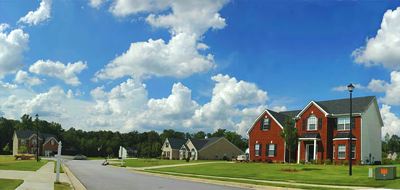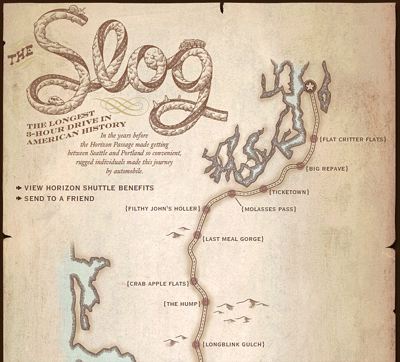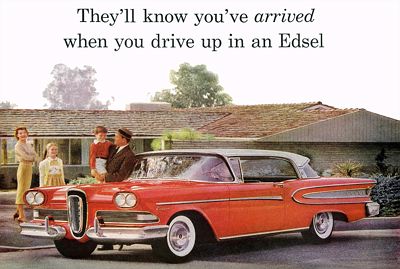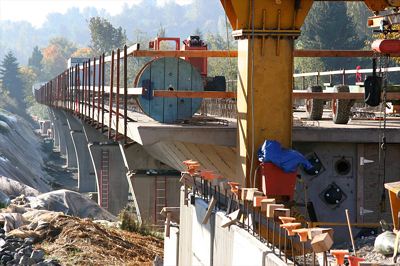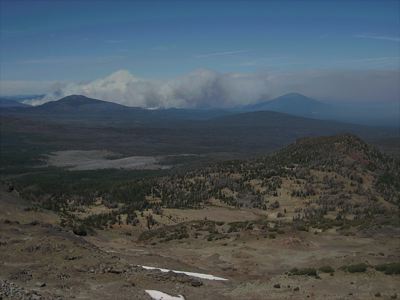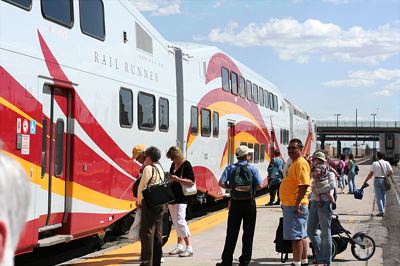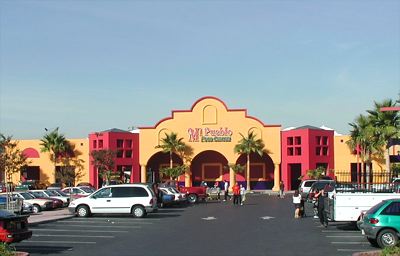Mark Delucchi, a researcher from UC Davis, has a new paper asking, “do motor-vehicle users in the U.S. pay their way?” His answer is a rehash of work he completed more than a decade ago, but since planners will no doubt start citing it, I might as well preemptively review it.
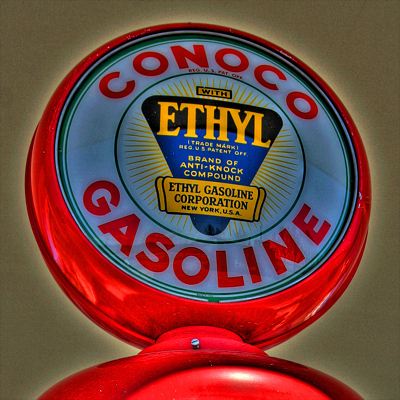
Should motorists pay for the costs of driving at the pump. . .
Flickr photo by Scott Ingram Photography
Delucchi submitted the article to Transportation Research; at the risk of possibly violating someone’s copyright, I’ve taken the liberty of posting it here. Most of his original research, which dates back more than a decade, can be found at either Delucchi’s site or the University of California Transportation Center.

